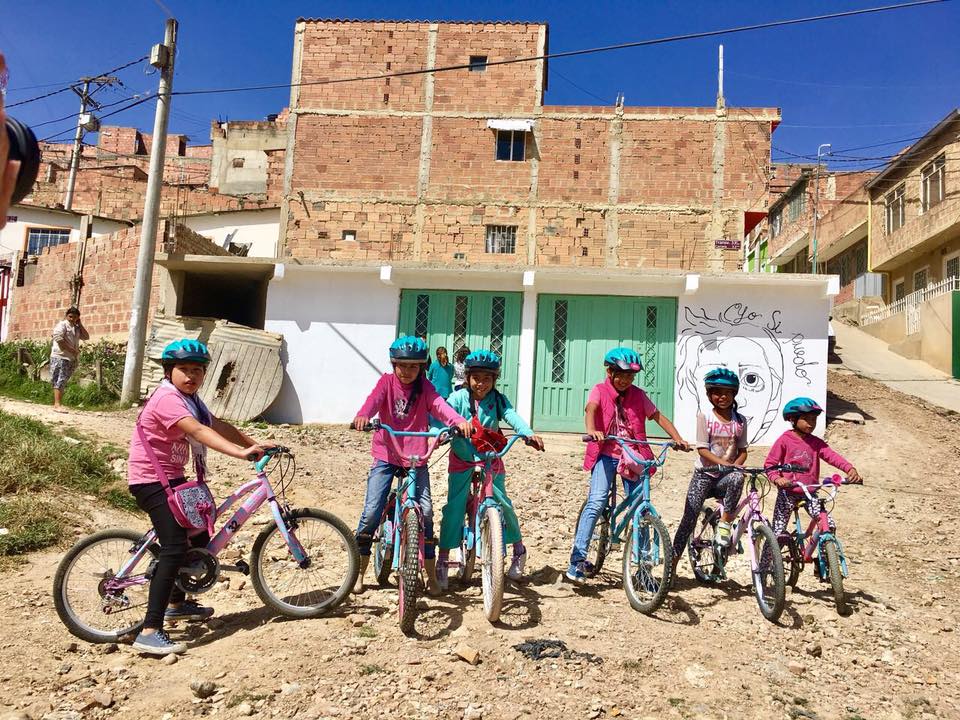
Image courtesy of Global Forest Coalition/ Twitter.
The Hidroituango dam crisis has been declared an emergency. Problems intensified last weekend after multiple blocked tunnels caused upstream flooding leading to the evacuation of communities and municipalities that lay below the dam.
Two exits of the engine room, which has been called “the heart” of Colombia’s largest hydroelectric dam project, are now blocked. As a result, the dam is now working at half capacity, meaning that much larger quantities of water, totalling over 2,400 cubic meters, are entering the dam rather than leaving it.
At the moment, there are varying degrees of urgency for the evacuation of the communities at risk from the current “abnormal conditions” occurring at the dam. The most immediate danger applies to the villages of Puerto Valdivia, Puerto Antioquia, Cáceres and Tarazá, who have all been given orders of immediate and permanent evacuation.
In Puerto Valdivia, the community that currently finds itself in the most precarious situation, recent quotas carried out by the National Unit for Disaster Risk Management report that over 92% of the village population have been evacuated. Evacuation tolls across the communities at risk currently stand at more than 8,600 people in total.
On yellow alert, or evacuation standby, are the villages of Caucasia and Nechí, along with the regions of Sucre, Córdoba and Bolívar. There is also a zona verde, which applies to communities who ought to remain aware of information updates but are under no urgent need to evacuate.
On Thursday, the director of EPM, the company in charge of the dam’s construction hinted at the possibility that the 11,4 billion peso project could collapse. “It’s difficult to answer if the Hidroituango will be saved,” said Jorge Londoño, the energy company’s director to LA FM.
However, judging by his correspondence with President Juan Manuel Santos last week, in which Londoño requested for all the necessary emergency services to be sent to help, he seems to have been more than aware of the potential dangers that a full collapse of the dam could present. In a letter to the President sent last Wednesday 16th May, he wrote, “today…the situation has worsened, putting the stability of the engine room at risk. If it gets to the point of collapse, a significant and uncontrollable increase in the river Cauca’s water flow will be generated, posing a serious threat. Such volumes could put the populations of the towns downstream from the dam at risk.”
Although officials have reported the river Cauca’s levels as “low for the season”, farmers and locals maintain that the rising levels are out of control. Just this morning, for example, videos of sirens alerting a possible increase in water levels have been circulating social media.
Some groups, like NGO Ríos Vivos, vehemently opposed the project and have raised alarm bells since the project first began. In a report issued last week, they stressed that they had already pre-empted the destructive consequences of the project and warned authorities. In a defiant statement, they wrote, “we remind authoritative entities and judicial authorities that we also issued warnings about the irregularities with which…the Hidroituango project was carried out.”
EPM continue to maintain that the problem should be put down to “unpredictable geological conditions” and not their own engineering. From their Twitter account this morning, they declared that their “priority are peoples’ lives”.
National authorities are currently doing their best to provide temporary accommodation, food and shelter for families that fear the loss of their livelihood. If the dam floods completely, the environmental consequences could be disastrous, “the worst catastrophe ever in Colombia” said expert engineer José Hilario López in an interview with Caracol Radio.
The Colombian government claims that, upon resolution of the immediate danger of a complete collapse, a full investigation will take place into what went wrong with the project.





